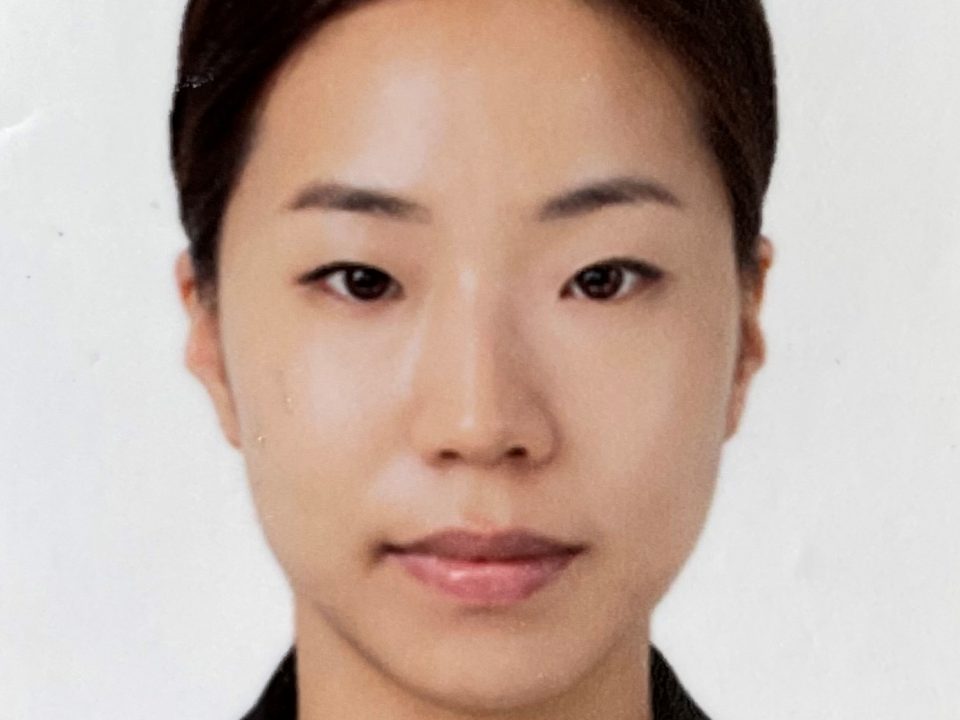Michael Hutter [WZB Berlin Social Science Center]: Novelty Spirals in African Megacities

Abstract
In Neue Medienökonomik (2006), Michael Hutter suggested that the emergence of new information goods, particularly cultural and creative goods, follows a spiral movement: praise and critique by the users in period 1 have an impact in the “arenas of valuation” where creators perform new cultural goods for period 2. Creators then convince producers to turn their skills and scripts into “templates of performance”. Copies of the template are sold to distributing networks, which (and who) deliver them, in a material or immaterial medium, to users who will pay for, praise, and critique the novelties of period 2, thus initiating the next round of novelties. Novelty spirals need a demanding social environment in order to generate convincing and enduring “newness”. They are the places where a self-reproducing sequence of interactions between and among artists, curators, producers, journalists, collectors, tourists, and fans is able to generate a continuous, yet singular flow of novelties. “Artworld cities” offer such an environment. Joanna Grabski suggested the concept in her 2017 study of the “creative economy” in Dakar. Her material includes not only artists and producers, as did Howard Becker’s 1983 artworld study in Chicago, but also distributors of copies and, above all, users who are able to turn into creators, producers, or collectors. Based on the author’s ongoing research, which uses the narrow lens of visual art scenes, he presents tentative evidence for novelty spirals in two similar, yet singular African artworlds in megacities, Cape Town/Johannesburg and Lagos.
About the Speaker
Michael Hutter is Professor Emeritus at Berlin Social Science Center (WZB). He was director of the research unit “Cultural Sources of Newness” at WZB (2008- 2014), and held the chair for Theory of the Economy and its Social Environment at Witten/Herdecke University (1987-2007). His current research interest is with entanglements between the economy and (mostly) visual art in digitized polycultural settings, and with valuation practices beyond payment. Among his recent publications are The Rise of the Joyful Economy: Artistic Innovation and Economic Growth from Brunelleschi to Murakami (Routledge, 2015), and “Three modes of valuation practices in art games” (Valuation Studies, 2021).


